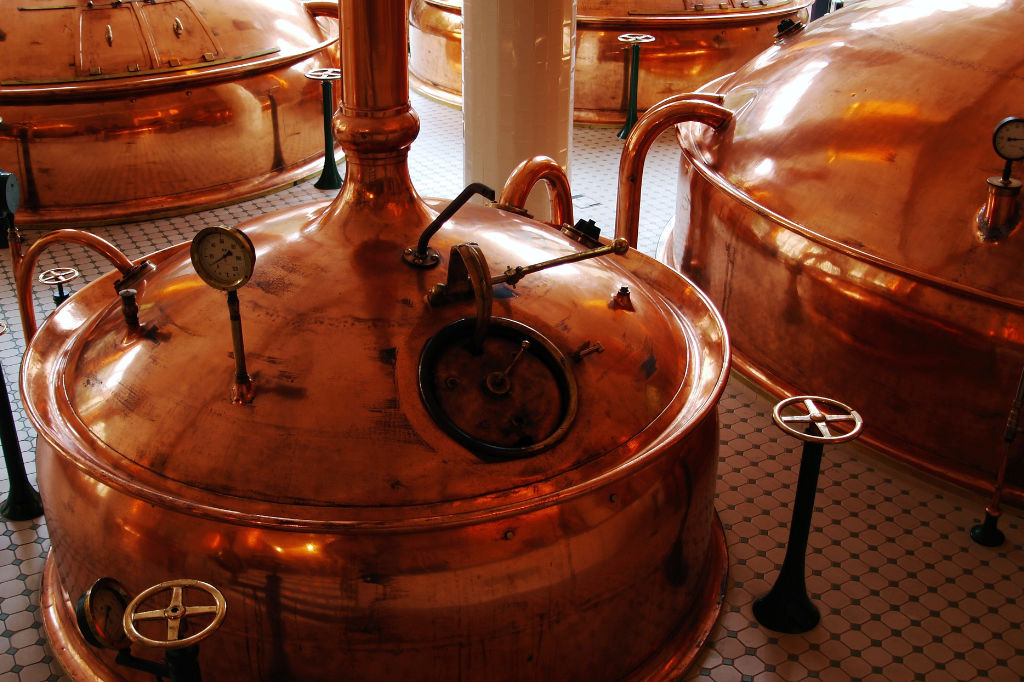By adding different spices you can give the honey wine a completely different taste. In addition, with the right fermentation, dry or bitter mead can be produced. The yeast converts sugar into alcohol and its metabolites give mead its typical taste.
honey content
The lower the honey content and thus the concentration of the sum of the types of sugar it contains, the easier it is for the mead to ferment. However, this happens at the expense of the taste. The brew, which is ultimately a sugar solution in relation to the fermentation process, tends to be diluted by absorbing water that is extracted from the yeast cells. As the sugar concentration increases, this effect is amplified. All metabolic processes in yeast (including those related to reproduction) take place in an aqueous solution. If the water content of the cell decreases, the metabolic processes of the yeast cell are inhibited. The size of the cell also changes and the cell membrane becomes shriveled: In the end, the cell dies. This explains why honey has an almost unlimited shelf life. Honey has an extremely high concentration of sugar and thus depletes cells, e.g. B. invading bacteria or fungi, the water necessary for life.
The alcohol formed during fermentation also extracts water from the yeast cell. The osmotic suction power of the sugar and the alcohol add up in the fermentation mixture. As a result, the yeast tolerates less sugar with increasing alcohol content. Even a mead with a very high sugar concentration will start to ferment. But as soon as only a little alcohol has been produced, the yeast cells die and fermentation comes to a standstill. A solution to this problem is "staggered sugaring": the honey is added in portions. In this way, the yeast is never exposed to extreme osmotic conditions and its metabolism can work uninhibited.
honey choice
The most important component of the mead is the honey. It influences the taste and color of the mead. In principle, all types of honey can be processed into mead. Even problem honeys, such as those with too high a water content for sale, can be fermented. This is particularly interesting for beekeepers who would otherwise have to dispose of this honey. For economic reasons, inexpensive honey such as rapeseed honey is often used for fermentation and sweetened with flavorful honey such as blossom or forest honey. This keeps the selling price low and the mead still has an appealing aroma.
wrong mead
So-called false mead is wine cooked with honey, which has a similar taste to fermented mead, but is much easier to produce.













